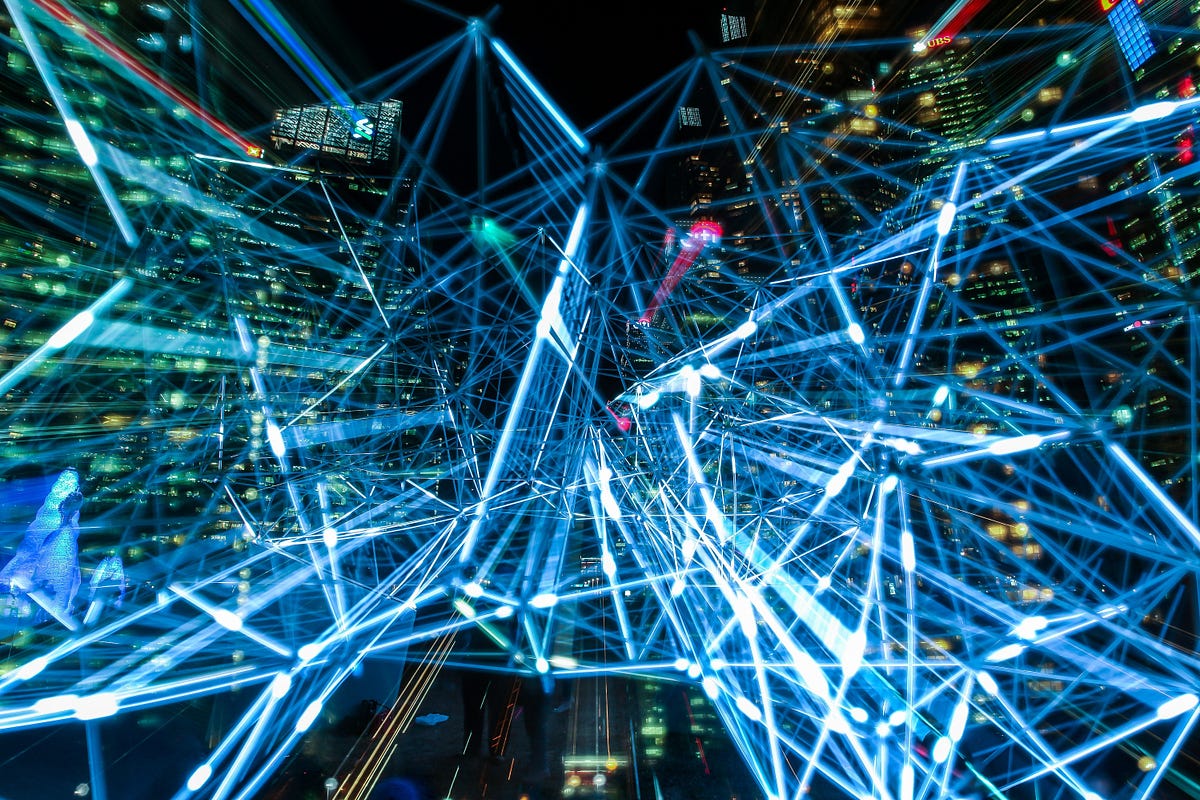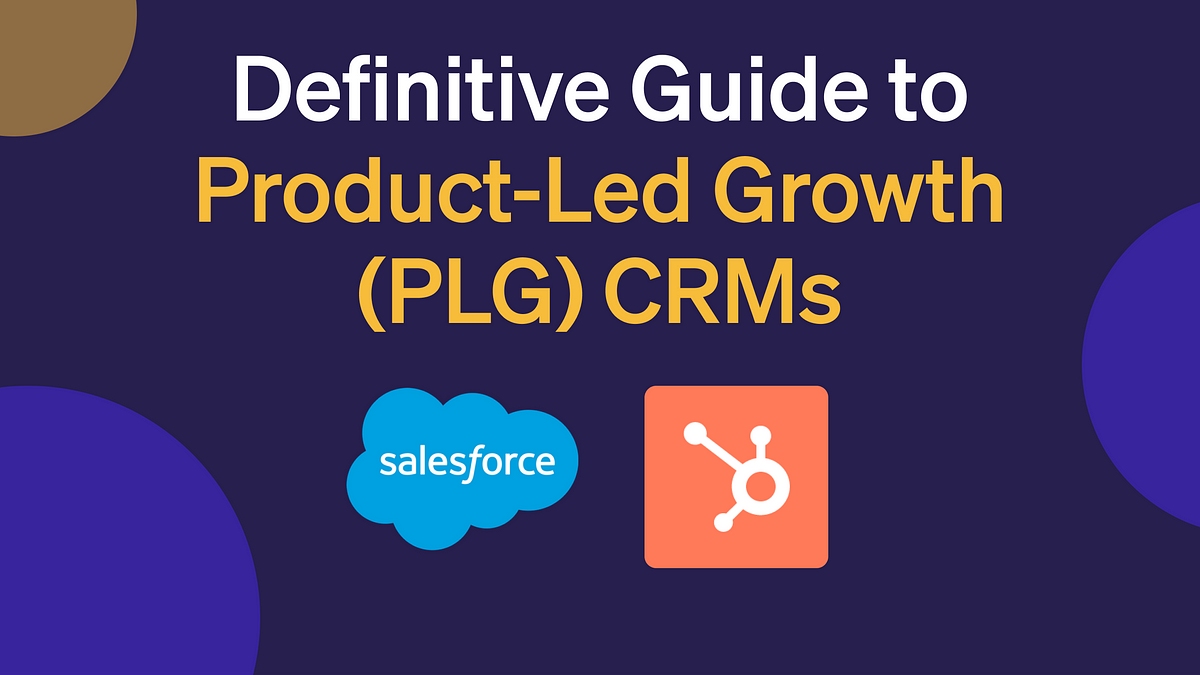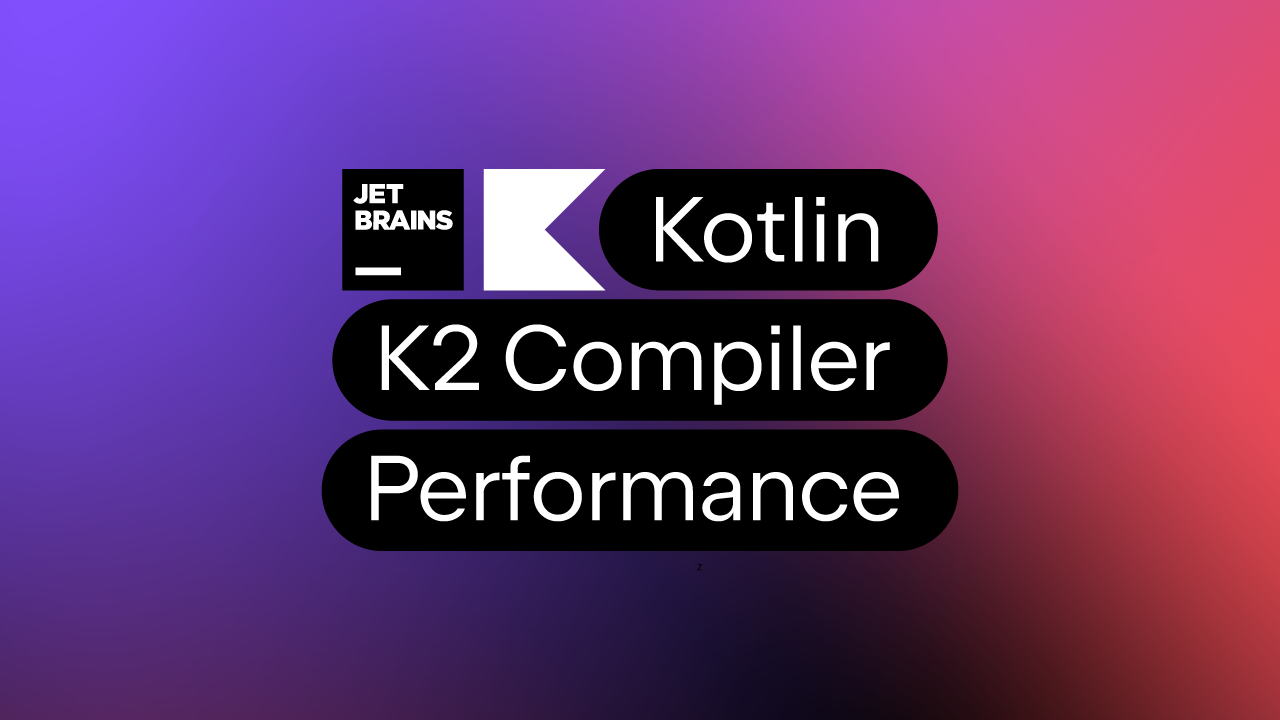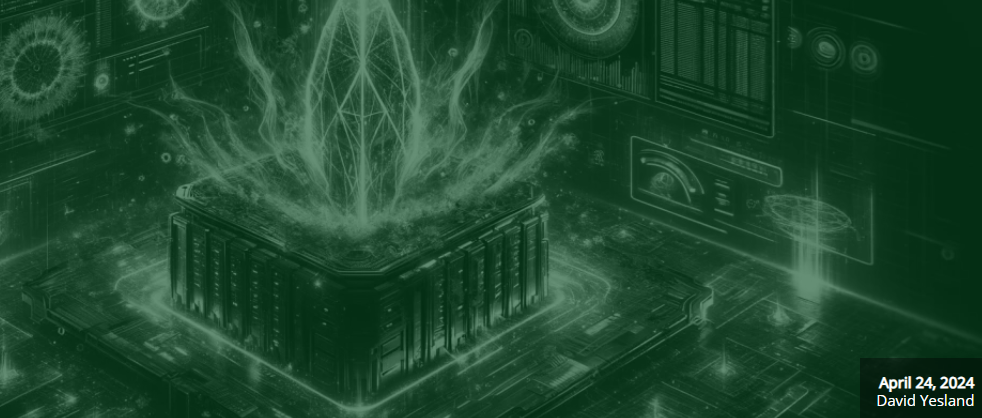
Your guide to Perceptrons
I’m sure you’ve heard about Deep Learning, and the awesome accomplishments this discipline has reached in the past years. Whether is solving protein structures or beating the South Korean Go champion Lee Se-dol (causing him to retire), Deep Learning has been all over the news recently.
Deep Learning is a subset of Machine Learning where Artificial Neural Networks (ANNs), which are algorithms inspired by the human brain, learn from large amounts of data.
Deep Learning uses a multi-l ayered structure of ANNs, enabling models to disentangle the kinds of complex and hierarchical patterns found in real-world data. This makes them so effective, that today they are used to solve tasks in a wide variety of fields such as computer vision (image), natural language processing (text), and automatic speech recognition (audio). Through their power, flexibility and scalability, ANNs have become the defining building blocks of Deep Learning. They represent components or pieces that “talk” to each other, and can be arranged in different ways to construct smart Deep Learning solutions.
ANNs are composed of neurons, where each neuron individually performs only a simple computation. The power of an ANN comes from the complexity of the connections these neurons can form. ANNs work in this way: they accept input variables as information, weight variables as knowledge, and output a prediction. Every ANN you’ll ever see works this way. They use the knowledge in the weights to interpret the information in the input data. This underlying premise will always remain true.





:quality(70)/cloudfront-us-east-1.images.arcpublishing.com/cmg/L4IGXEIABZHX7GJ3YYEM5NE35M.jpg)










